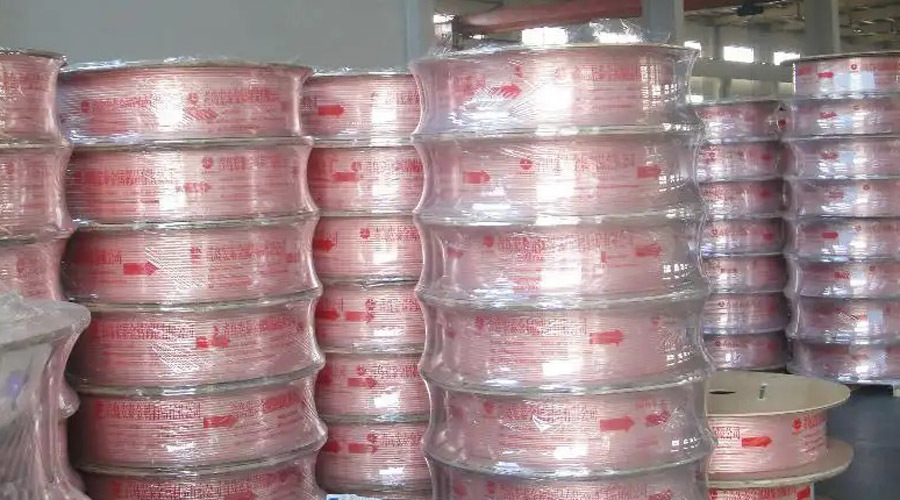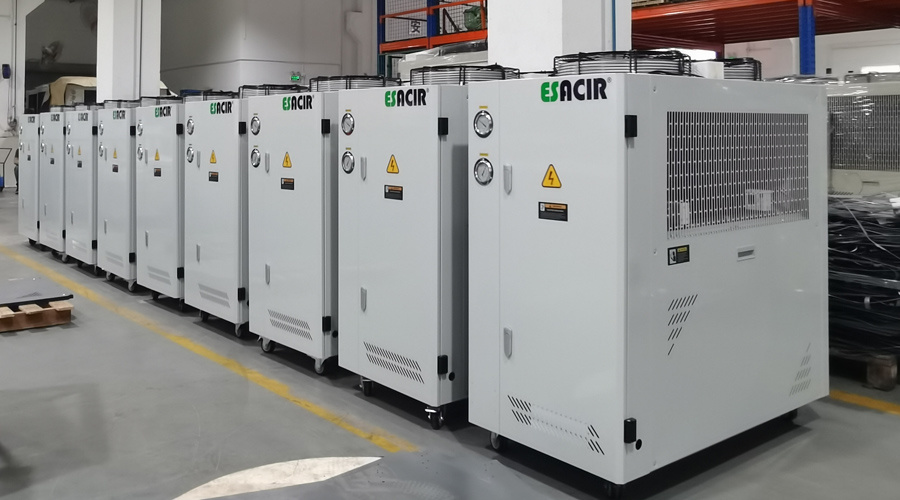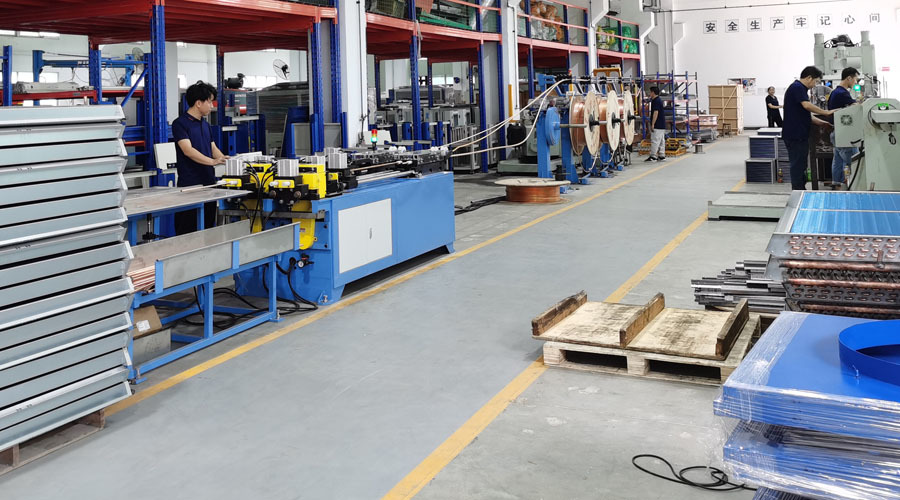Copper mine supply has grown less than 2% annually since 2013, and rising energy prices have likely boosted demand for copper, while also increasing the cost of copper production. Electric vehicle sales surge 160% in 2021, driving copper demand higher. China's economic recovery in late 2020 and early 2021 may also be driving copper prices. Copper has risen 125% since its lows in March 2020 and is one of the commodities that has set new records prices since the the Covid-19 pandemic.

The main factors contributing to the rise in copper prices include:
1.Copper mine supply grows slowly:
Copper mine production has grown much slower than most other metals over the past 30 years, at just 123%. During the same period, aluminum production increased by 256%, and iron ore production increased by 257%. Copper mine production has grown slowly since 2013, at only 1.7% per year, less than half of the 4.6% annual increase in aluminum supply.
The unusually slow growth in copper supply is the result of a combination of factors:
First, copper prices fell 58% from early 2010 to early 2016, nearly falling to the cost of production at copper mines, discouraging new investment in copper mining and ore processing facilities.
Second, the copper content of copper ore gradually decreases with time goes. While total proven reserves of copper continue to increase, mining costs have been climbing, most of which are energy costs.
2.Crude oil and natural gas prices raise:
Mining and refining are energy-intensive industries. As a result, copper prices tend to have a clear correlation with WTI and other crude oil benchmarks. It may have previously been assumed that the relationship is primarily cost inputs: rising/falling crude oil and natural gas prices lead to rising/falling copper mining and refining costs. This view is still valid today. However, surging crude oil and natural gas prices in 2021 could lead to increased focus on energy-replacement technologies such as wind, solar, batteries and electric vehicles, thereby boosting copper demand, which all use copper directly or indirectly. This is especially true in Europe and Asia, with 75% of the world's population, where gas prices have risen seven to eight times higher than North American levels .

3.Energy transition:
The energy transition could drive strong demand for copper and other metals such as lithium and cobalt. Solar costs have fallen by nearly 70% over the past 10 years, while battery costs have fallen by the same amount. The cost of solar and battery storage has fallen by nearly 98% since 1990. If this trend continues over the next few decades, we can envision an energy-rich, zero-carbon future, but that requires more copper wire.
This energy transition is already evident in ground transportation. Global sales of electric vehicles (EVs) soar 160% in 2021 to 2.6 million units. Moreover, electric vehicles account for less than 4% of global vehicle sales. Copper and other metals could see potentially strong demand growth if EV sales continue to grow at such a rapid rate, driving their market share relative to combustion engine vehicles. Electric vehicle costs have been falling rapidly, and by the next five years after 2020s, electric vehicles will likely be cheaper to sell than combustion-engine vehicles.
Among the world's major economies, the fastest-growing electric vehicle demand is China, where electric vehicle sales raised nearly 190% last year. Even without considering EV sales, the Chinese economy has remained the most important source of copper demand over the past 20 years.
The Chinese economy has great impact on copper demand. Every year China buys about 40%-50% of newly mined copper. Some raw copper is used domestically in China, while most is re-exported to other countries as intermediate products or components of finished products. The growth rate of China's manufacturing industry is usually closely related to the current price of copper, and the price of copper in the next three to five quarters. We prefer to measure China's manufacturing growth using the Keqiang Index, which measures indicators such as electricity consumption, rail freight volumes and bank loans. This metric is a better indicator of demand for copper and other commodities than China's official GDP, because GDP also includes such as services and government spending, which not much related to raw material increasing.
4.China's economic growth rebounds strongly in late 2020 and early 2021:
The growth rate of China's economy plummeted in the early stage of the COVID-19 epidemic, and it achieved a strong rebound in the second half of 2020 and the first half of 2021. Copper prices followed up. Since this round of rebound, China's industrial growth has slowed down significantly. Copper traded sideways for months as China's economy slowed, before resuming a relatively modest rebound over the past few months. The recent rise in copper prices may be related to the conflict between Russia and Ukraine. Russia produced 850,000 tonnes of copper last year, about 5% of the world's total amount.
China's economy, while still growing, faces challenges, including rising raw material prices, falling property prices, slowing export growth, high debt levels, a sharp rise in corporate bond yields and an appreciating currency. If Chinese economic growth continues to slow, downside risks for copper prices could increase later this year or into 2023. However, if copper prices continue to rise even as growth slows in China, the aforementioned energy transition could surge it.

5.Global boom in consumption of manufactured goods:
The shift in consumer demand caused by the epidemic may boost copper prices. Between December 2019 and December 2021, U.S. consumer spending on manufactured goods increased by 18%, while services increased by only 6%, and this is not an exception. Around the world, lockdowns and pandemic-related restrictions have made it difficult for consumers to spend on experiences such as travel, dining out and entertainment. Consumers are turning to buying more manufactured goods, including consumer electronics and other items that contain high amounts of copper. However, most of the world is currently returning to the "new normal" of life, and consumers in most regions seem ready to turn to spending money on experiences rather than manufactured goods. This could limit demand growth for copper and could also dampen China's export growth. In the short term, a shift in consumer demand could offset the increase in copper demand due to the energy transition.



